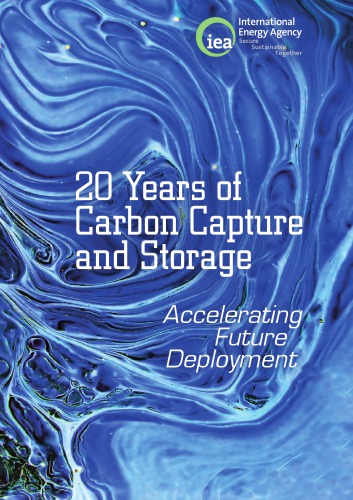

Most ebook files are in PDF format, so you can easily read them using various software such as Foxit Reader or directly on the Google Chrome browser.
Some ebook files are released by publishers in other formats such as .awz, .mobi, .epub, .fb2, etc. You may need to install specific software to read these formats on mobile/PC, such as Calibre.
Please read the tutorial at this link: https://ebookbell.com/faq
We offer FREE conversion to the popular formats you request; however, this may take some time. Therefore, right after payment, please email us, and we will try to provide the service as quickly as possible.
For some exceptional file formats or broken links (if any), please refrain from opening any disputes. Instead, email us first, and we will try to assist within a maximum of 6 hours.
EbookBell Team

5.0
38 reviewsCCS technologies are not new. This year is the 20th year of operation of the Sleipner CCS Project in Norway, which has captured almost 17 million tonnes of CO2 from an offshore natural gas production facility and permanently stored them in a sandstone formation deep under the seabed. Individual applications of CCS have been used in industrial processes for decades, and projects injecting CO2 for enhanced oil recovery (EOR) have been operating in the United States since the early 1970s.
This publication reviews progress with CCS technologies over the past 20 years and examines their role in achieving 2°C and well below 2°C targets. Based on the International Energy Agency's 2°C scenario, it also considers the implications for climate change if CCS was not a part of the response. And it examines opportunities to accelerate future deployment of CCS to meet the climate goals set in the Paris Agreement.